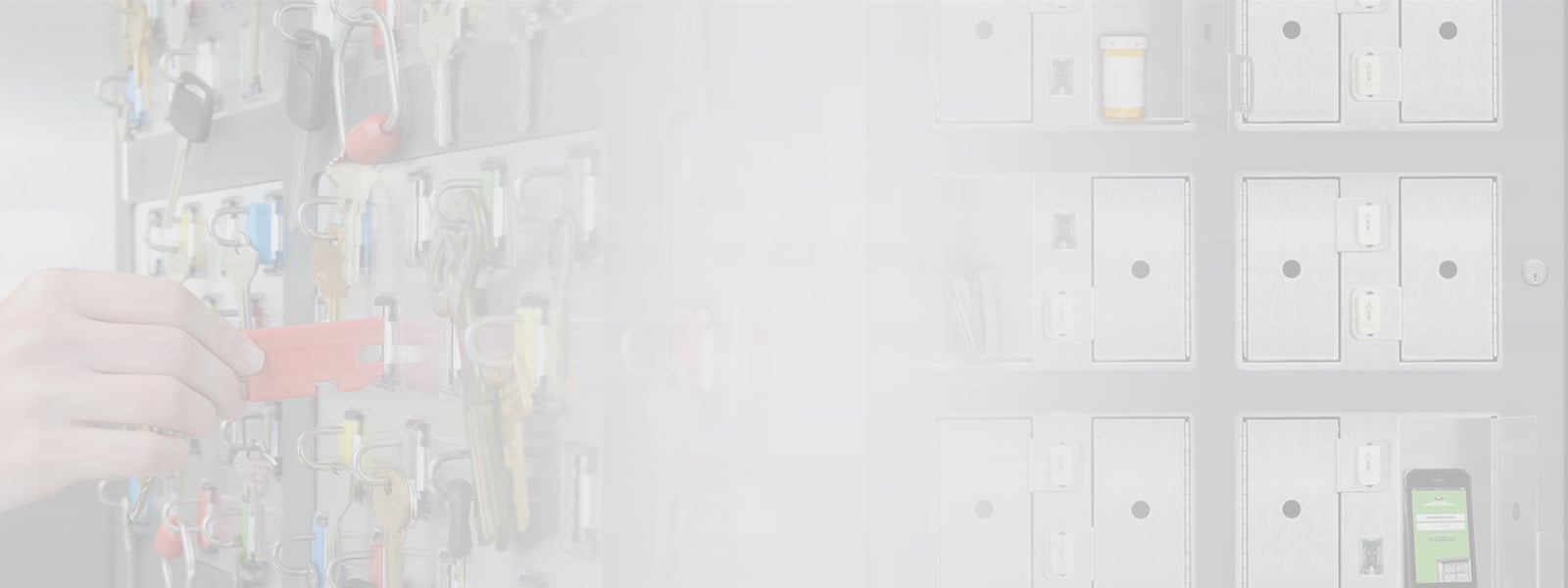Liability exposure is a critical concern of public and/or private businesses. While maximizing insurance coverage helps to alleviate financial risk, it’s an even smarter move to minimize the risk of an incident occurring in the first place.
An automated key control system is a reliable and cost effective method to improve building security by ensuring that facility keys are properly managed including access, storage and tracking. Automated key cabinets release assigned keys only to users with the proper authorization code (either finger identification or numerical code), and cannot be manipulated or easily tampered with. Rugged stainless steel construction and virtually indestructible key fobs, which readily accommodate both physical keys and key cards, are designed for heavy use, while illuminated key slots make accessing and returning keys easy. The unique combination of these key control features enables management to better maintain the integrity of the overall building security.
Online monitoring, updating and reporting capabilities enhance the functionality of a key control system and add to the integrity of the venue’s security. By integrating key management software, building management can more easily control the system and maximize its reporting capabilities. Activity reports of key usage such as movements by time, date and user code can be analyzed for improved control of access and security issues. The reporting capabilities can also act as a kind of employee or vendor time sheet, verifying hours that an individual was on the job.
The increased security provided by a key control and management system helps to reduce liability exposure. Even better, a key control and management system can be integrated with building operations and security systems such as access control or video surveillance to create a more powerful and effective security system.



